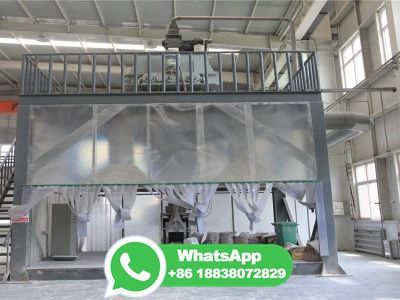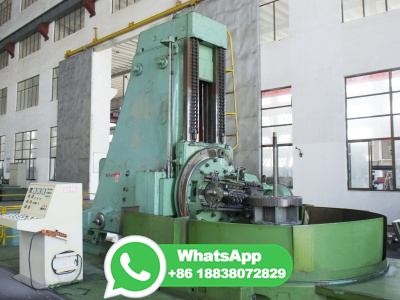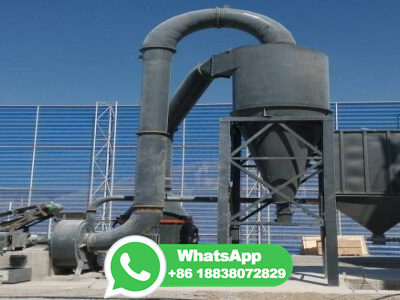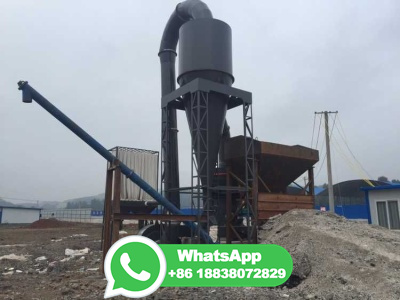Domestic Steel Manufacturing: Overview and Prospects CRS Reports
The Iron and Steel Manufacturing Process Steel mills operate in two distinct ways. The traditional production method occurs at large, vertically integrated mills, which use ovens to heat coal into coke;1 combine the coke with iron ore in a blast furnace to produce pig iron; and then melt the pig iron in a basic oxygen furnace to produce liquid ...


































